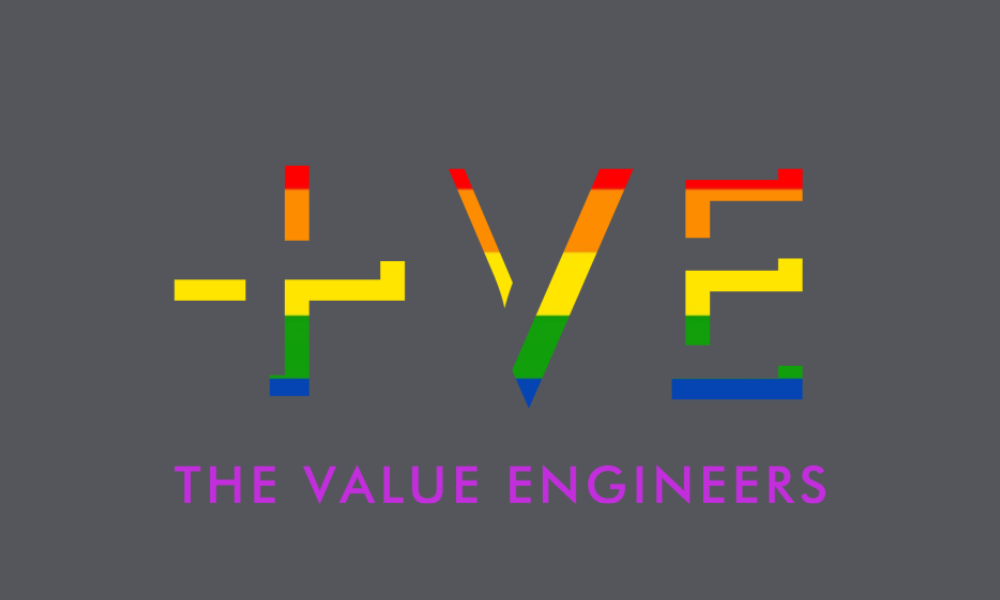This month is Pride Month, and the opportunity to celebrate the LGBTQIA+ community and the positive impact its members have on our society.
But Pride is not just about celebration. It originally started to commemorate the 1969 Stonewall Uprising in Manhattan, and if great progress has been achieved to recognize the equal rights of everyone regardless of who they love, there is still a long way to go.
This fight for equal rights is something we’re talking about a lot in the office (well, on Zoom) these days.
We’ve noticed more and more clients have email signatures now which include preferred gender pronouns. It’s a shift that’s happening on other digital platforms too, like Instagram and LinkedIn. Whilst not everyone may feel comfortable doing this, this example is a positive sign that more businesses feel inclusive and safe enough for people to publicly express their identity in this way.
We also can’t help but notice the barriers to progress as well. Whenever we run online surveys to support our clients’ strategy work, we aim to make them as inclusive as we can; but there’s still a significant number of countries where it’s dangerous, even illegal, to identify as anything other than Male or Female. It makes some of us feel uneasy in the office as it’s a stark reminder of the challenges that can arise with expressing who you are.
Brands are facing similar dilemmas. They are held accountable not only for their products and services but increasingly for their stance on the political and social issues that today’s society face and the nuances that arise within this.
Some are choosing to tread cautiously, like Tinder. What do you see when you open the Tinder app on your phone? Well, hopefully where you are, you see interesting people you might want to connect with. But personally, I live in a country(1) where love comes with a warning. If I open the Tinder app and I’m anything other than a man looking for a woman, or a woman looking for a man, I am advised to be cautious and proceed with extra care. In offering this warning Tinder is expressing a degree of care for its community and their attempts to find love, no matter who and where they are.
Some brands are also taking a more explicit social and political stance in their communications. In a recent piece of research for a technology brand, we found that those from blue states in the US were more likely to interpret this inclusivity messaging as openminded and representative of an inclusive online community with lots of different experiences. Those from red states took this kind of communication as arrogant and superficial and made no link to the actual experience of the brand. Political persuasion colors everything these days, even how one responds to advertising about inclusivity.
D&I at TVE
At The Value Engineers, we’d rather take the side of those who want the world to be more inclusive. We’ve already put in place a number of measures in our own recruitment, training, and employee engagement to support our D&I strategy (2), and will continue our efforts to make us a place to work where anyone feels welcome and able to thrive, regardless of who they are, where they come from, or who they love.
So this month, we are joining in the celebration – and the fight for equal rights – by showing the Pride Rainbow in our logo, and participating in a much-needed conversation.
Emeline Mettavant, global Diversity & Inclusion officer at TVE
(1) For those of you who don’t know me yet, I am privileged to call the fascinating city of Istanbul my home
(2) Our website is currently undergoing a revamp; bear with us, the new version will include all the details about our specific D&I goals and actions


